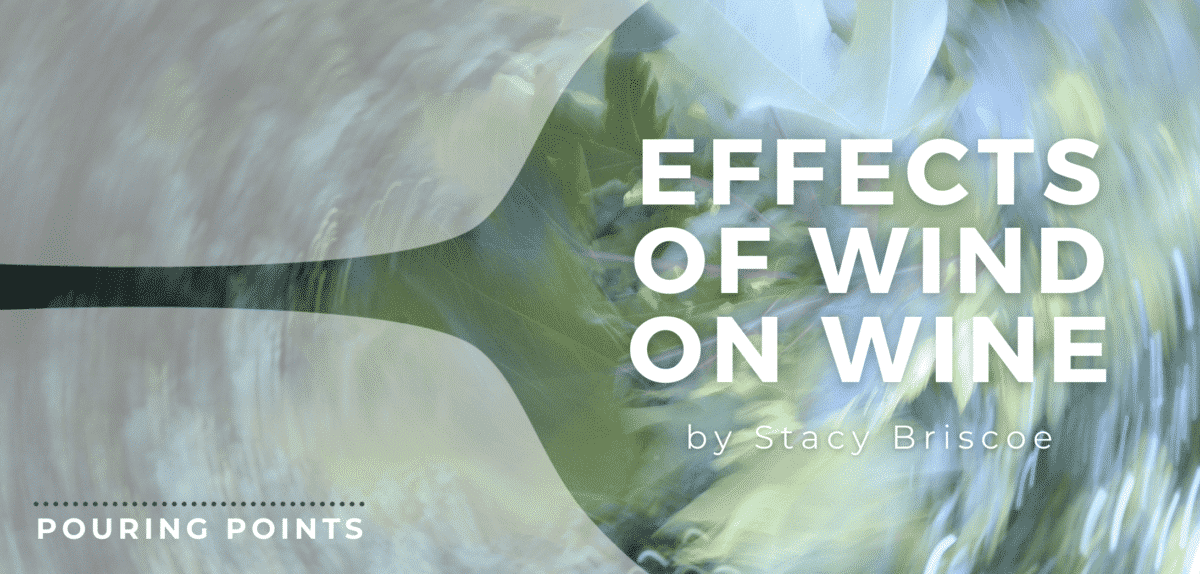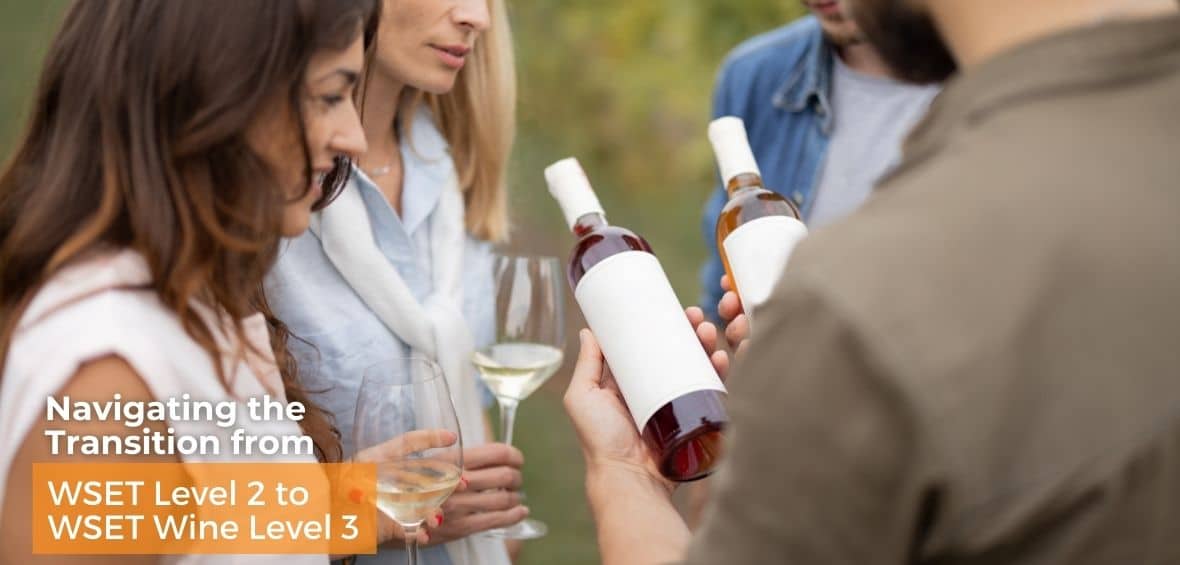Effects of Wind on Wine
Two California vintners discuss how wind influences viticulture, winemaking and resulting wine styles
Story by Stacy Briscoe
You can’t see it, but it’s there. One of the most defining environmental features of California’s wine regions—wind. It can cool a warm climate or warm a cool climate; it can exacerbate problems in the vineyard or provide a viticultural solution.
The Petaluma Gap, which only just gained AVA status in 2017, is defined by its consistently windy conditions. “[The AVA] is a naturally occurring wind tunnel,” says Erica Stancliff winemaker at Trombetta Family Wines and Pfendler Vineyards and president of the Petaluma Gap Winegrowers Alliance. “Here the hills run east to west, as opposed to north to south,” she explains. “That separation [in the coastal mountains] means there’s a gap that comes from the Pacific, pulling in cool coastal air. The east-west hill formation creates a tunnel running south to San Pablo Bay—body of water to body of water.”
This, she says, is how the Alliance drew the boundaries for the proposed sub-region, but it took more research to prove the significance wind plays within this boundary to gain AVA status. “We set up wind stations measuring speed and consistency of the wind at various points,” Stancliff says. The data showed consistent average wind speeds of about 8 miles per hour throughout the year.
Petaluma Gap is planted predominantly (75%) to Pinot Noir—a grape Stancliff says does well in the region, as it thrives in cooler climates.

A dual benefit and challenge for Pinot Noir producers is that, because of the heavy winds, grapes develop thicker skins—a natural biological response to help develop and protect the seed within.
“Skin tannin takes some time to develop. So, the challenge is looking for the balance where skin maturity is in line with sugar and acid development,” Stancliff says, noting that lower temperature also decreases the rate at which sugar accumulates and acidity drops.

According to Stancliff, it’s common for certain vineyards to harvest Pinot Noir grapes as late as the first week of October, resulting in Brix levels reaching around 25 to 25.5. “It sounds high, but that’s the only place the acid is going to be ripe,” she says. Ripe, but still high—high enough to cut through resulting high(er) alcohol levels and grippy tannic structure.
In the cellar, “There’s no way to ever whole-cluster,” Stancliff says. “That’s just begging for too much green tannin.” She’s also quite cognizant of new oak usage: too much will also raise tannin level, thus she opts for predominantly used barrels for fermenting and aging. “I’ve also moved away from three daily punch-downs to two and one pump-over to limit extraction,” she says.
In the glass, Stancliff differentiates Petaluma Gap Pinot Noirs from the rest of the Sonoma Coast by its rich fruit character—showcasing more black and blue fruits (as opposed to red) along with sturdy tannins and high acidity.
“If you want to see what wind looks like in viticulture, stand on our Landslide block,” says Matt Dees winemaker at The Hilt, in California’s Sta. Rita Hills AVA. The rest of the world can be completely calm. But up there, you’ll hear the vines expressing their frustration.”
Located on the southwest border of the AVA, close to the Pacific, Dees says this site is already “pushing viticultural boundaries” due to the severity of the cool climate. “In this case, wind can make viticulture even more difficult. But it also adds a level of exoticism, kinetic energy, and electricity to the wines.”

Unlike in Petaluma Gap, it’s Chardonnay that’s the most successful on Dees’s windiest site. “It can get the best set, even in windy conditions,” he says, noting that his vineyards are specifically planted to Dijon clones—a Chardonnay clone he says sets more reliably and produces larger clusters.
That being said, Dees and his crew utilize bird netting as shade cloth to protect vines from the wind during spring, when flowering and fruit-set take place. “I still believe rapid heat spikes cause more damage, but wind is up there as one of the evils. We can struggle to get good clusters.”
The benefit to that struggle: wind acts as a natural way to reduce yields, increasing intensity in aromas and flavors in the grapes and resulting wines.
“We also see strange things,” Dees notes. “Wind can blow our fine diatomaceous earth (DE) off the top soil. Those tiny DE cells are like throwing stars—we’ve seen them puncture young buds during grafting. It’s the little things the wind does that keeps you on your toes. We’re constantly praising and cursing it.”
Dees also needs to wait a longer period time to harvest Chardonnay in order to get acid levels to drop to an appropriate level for vinification, sometimes as late as the first week of October. “But sugar rarely goes above 22.5 Brix,” he says, commenting that TA can be as a high as 9 g/L.
Chardonnay, too, grows thicker skins in the midst of the heavy winds, creating what Dees calls “structurally robust” wines. In the cellar, this means using gentle pressing methods to prevent any unwanted phenolic bitterness. “The results are thrilling,” Dees says. “Our windiest sites give us a racy wine that is unforgettable. Our Chardonnay has lightning-like electricity and structure that is completely unique to our location.”














